Nature-infused interiors are shaping the future of wellness-driven living.
In the latest evolution of residential design, biophilia is taking root — not through dramatic gestures, but in refined, intentional choices. Think earthy materials, organic textures, curated views of greenery, and daylight that shifts throughout the day.
Biophilic design isn’t just about looks — it’s backed by science. Surrounding ourselves with natural elements can boost well-being, improve focus, and create a sense of calm that makes a home feel truly livable. “Bringing nature into your home affects you on a subconscious level,” said Ginger Curtis, owner of Dallas-based Urbanology Designs. “One of the most powerful ways this happens is through fractal patterns — the repeating designs found in nature, like the grain of wood, the branching of trees, the flames of fire, or the shape of clouds. These patterns have a profound impact on our emotions, helping to reduce stress and promote relaxation.”
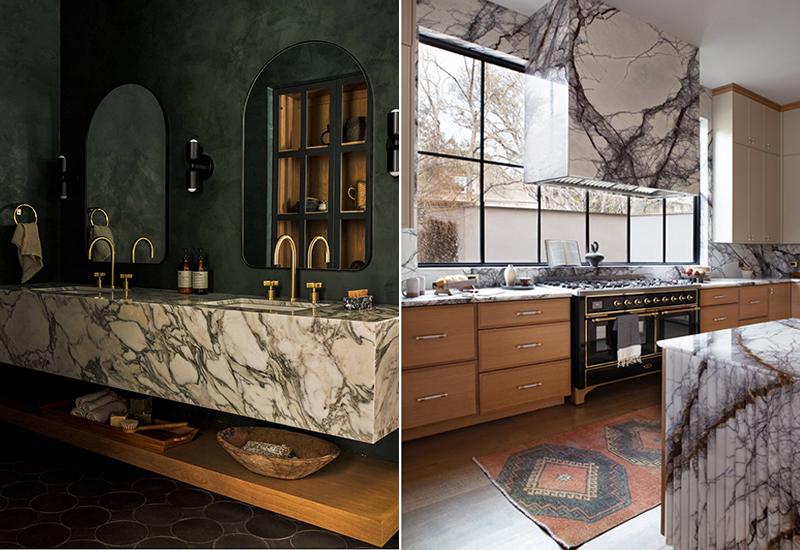
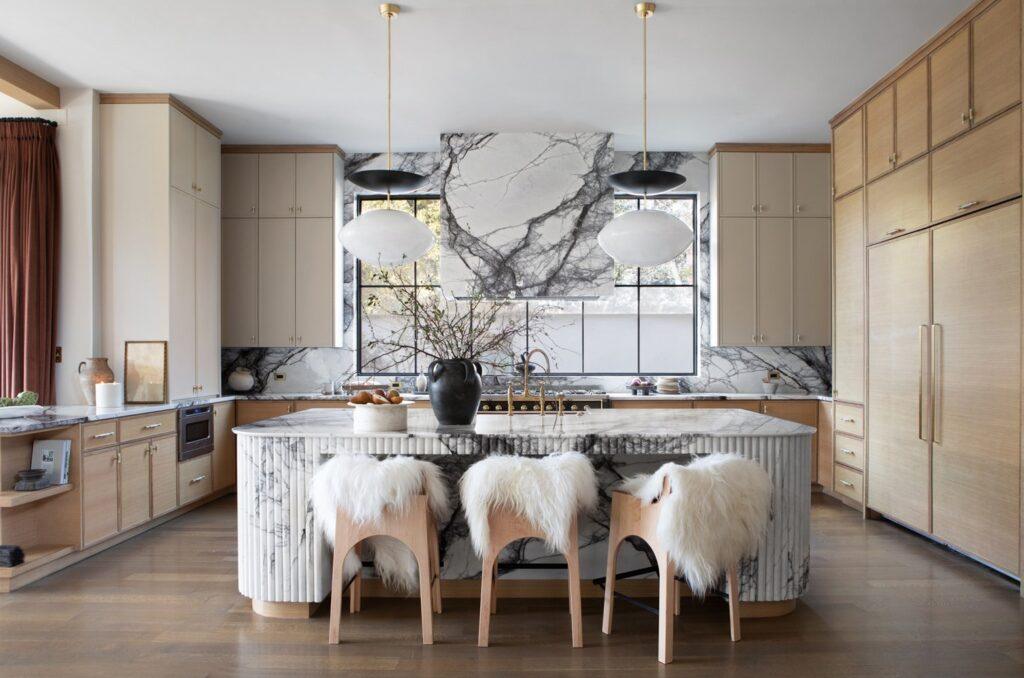
In her designs, Curtis consistently favors natural materials over synthetic alternatives. Rather than using engineered quartzite, for instance, she opts for soapstone, marble, or limestone. “There’s something meaningful about knowing the material is real, that it came from the Earth,” she explains. “I’ve never found a manufactured stone that develops a patina as beautifully as a natural one.”
Authentic textures, earthy tones, and organic patterns mirror the richness of the natural world, helping to create spaces that feel restorative and grounded. Stone, in particular, brings a serenity to bathrooms, fireplaces, and water features — indoors and out. Its durability also makes it a sustainable choice, offering longevity and timeless appeal.
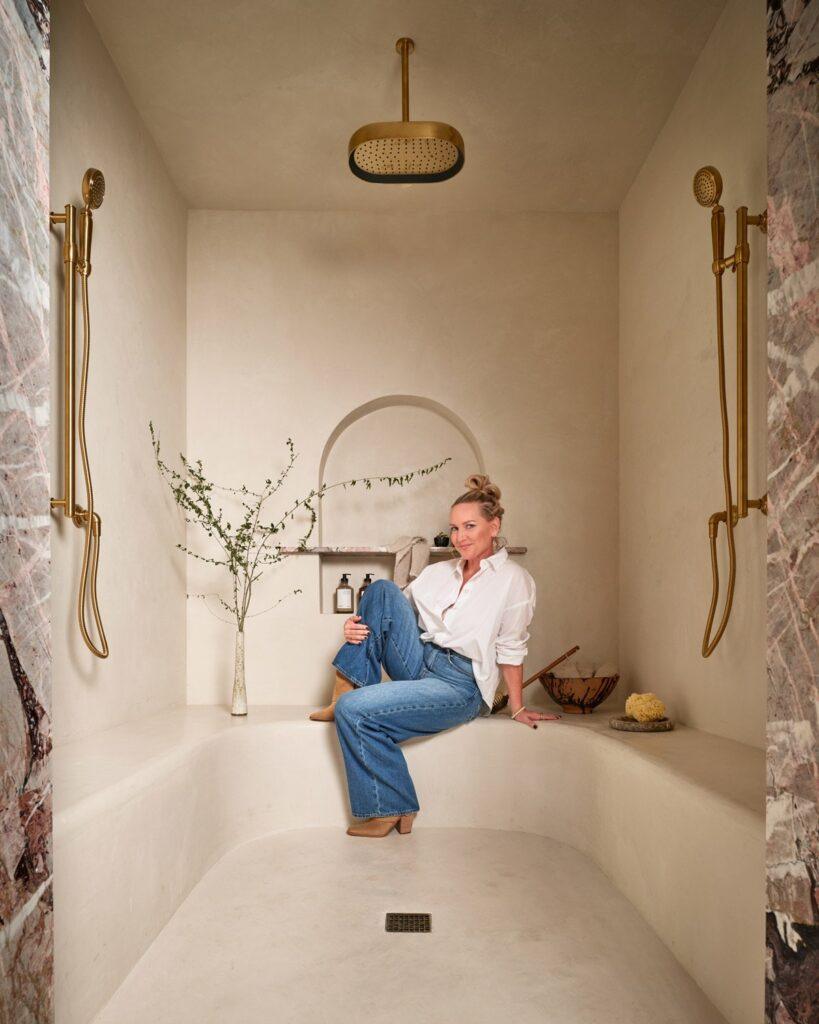
But biophilic design isn’t just about what we see — it’s also about how a space makes you feel. Comfort is essential. When natural materials are paired with soft lighting, layered textiles, and tactile details, the result is a home that not only looks beautiful, but feels intuitive and relaxing. “A room may be beautiful, but it also needs to feel warm, layered, and textured,” said Curtis. “There are a million principles that create that feeling, from space planning to color psychology. But if a room doesn’t feel comfortable, then you’re designing these interiors for nothing.”
Another essential: living greenery. “The real plants, the view of nature — whatever it is, it has to feel cohesive with the home’s architectural style. I want nature and organic elements to feel like they’re part of the environment, like it belongs.”
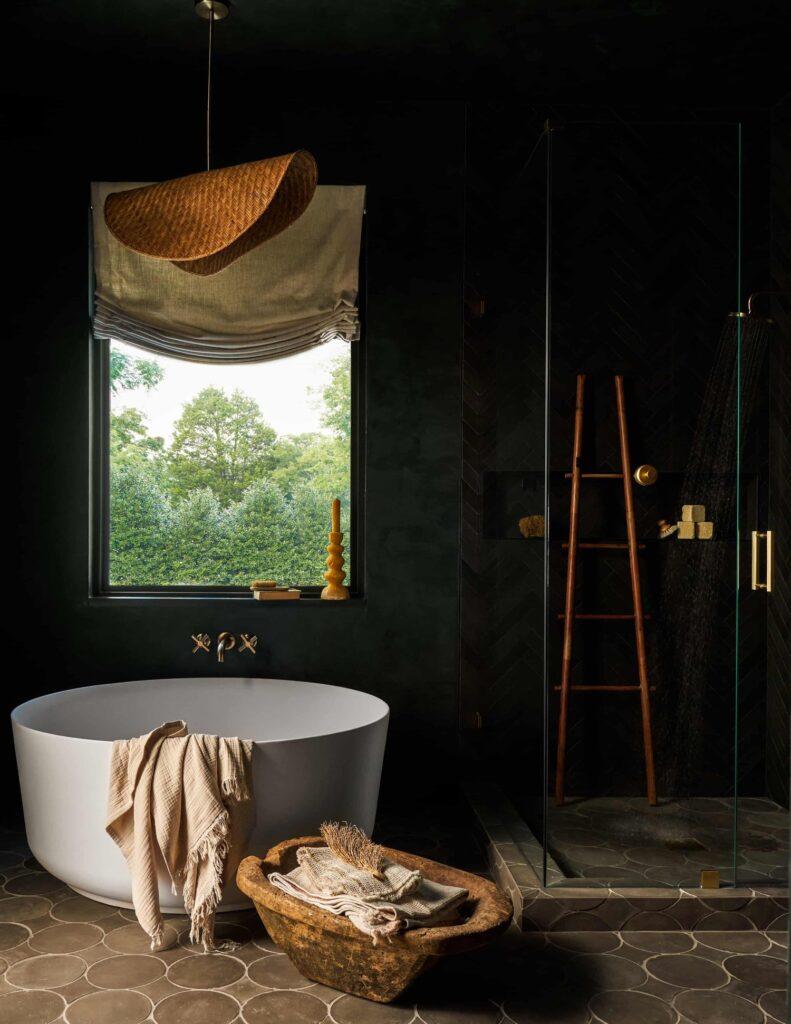
We asked. Curtis answered.
Why is biophilia relevant today? American culture is go, go, go. Our homes should be the break; a relaxing, beautiful, spa-like place. We shouldn’t have to go across the world, to Bali or Tahiti, to experience those moments.
What’s one thing any homeowner can do to help bring the outdoors in? It’s going to sound silly, but seriously, people need to open their blinds, open their curtains, and let in the light.
What innovations in biophilic design are you most excited about? The quality of faux greenery. The really good ones are almost like artwork.
Where is biophilia headed next? In residential architecture, there’s a growing awareness of how the house relates to its landscape — its orientation, access to natural light, and surroundings. I think it’s going to become more mainstream to expect architects to thoughtfully integrate these elements.

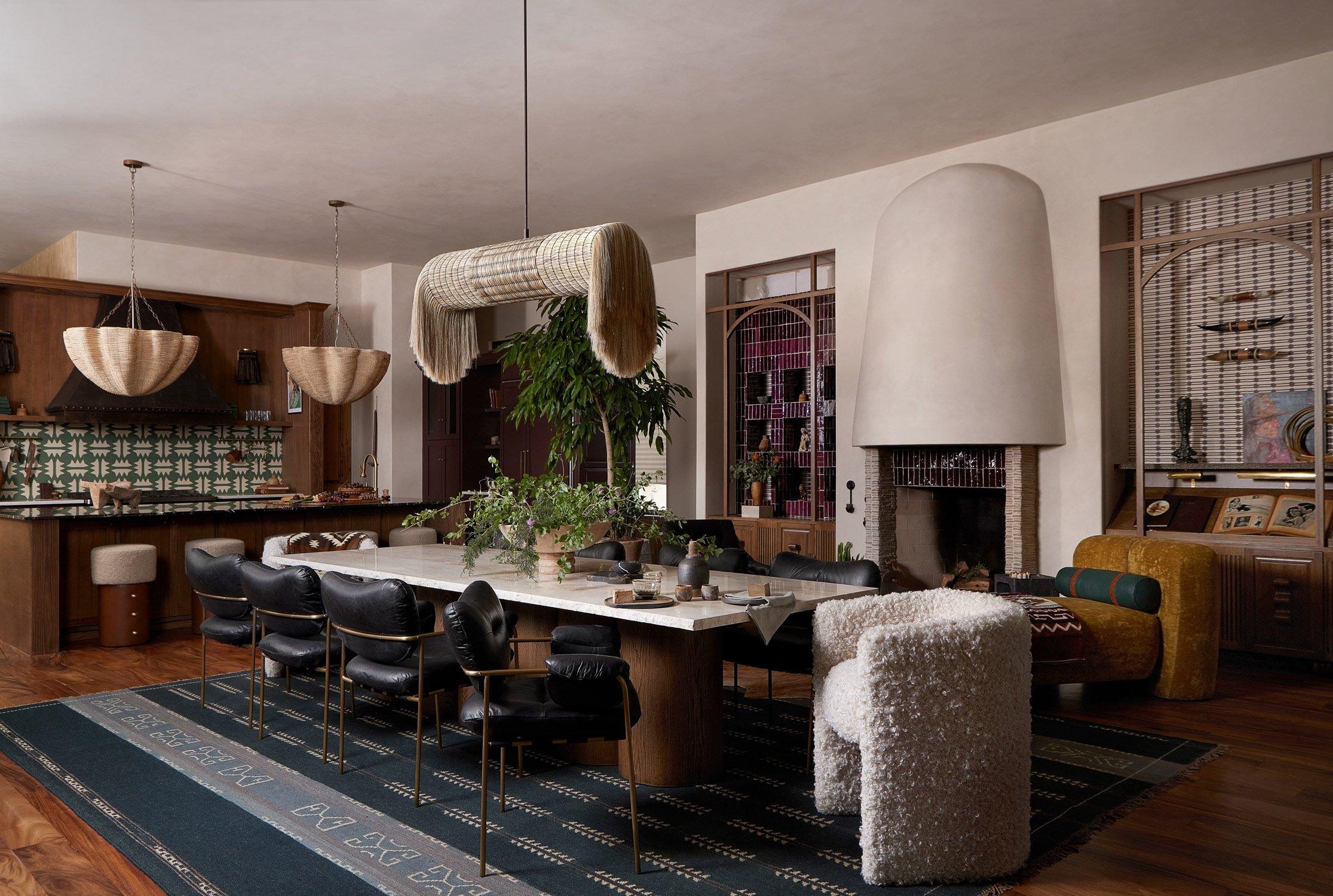
YOUR COMMENT